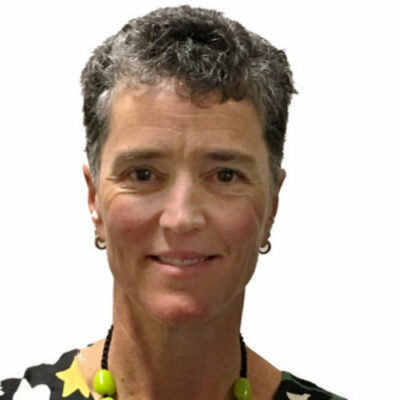The heavy concentration of media ownership in Australia corrodes democracy. The antidote is a thriving public broadcaster, but by 2023, Coalition cuts to the ABC will add up to $1 billion. Elizabeth Minter reports.
“[Australia’s] highly concentrated media ownership has had a corrosive impact on democracy. It has skewed public debate, favouring the interests of the wealthy and powerful over the public good.
This has been clearly evidenced in the national debates on climate change policy, where the scale of News Corp’s climate misinformation has hindered climate policy, encouraged negative sentiments towards climate action, and actively driven a political wedge into our public debate. This would not have been possible in a more diverse media landscape.”
So states the report “Who controls our media“, a report into Australia’s media ownership commissioned by GetUp!
Rupert Murdoch’s News Corp owns 59% of the metropolitan and national print media markets by readership — up from 25% in 1984. Nine Entertainment is the second-largest media owner, with a combined 23% readership share.
These two corporations control Australia’s two national mastheads and two daily newspapers in Sydney and Melbourne are controlled by News and Nine. The remaining capital cities have only one daily paper.
Furthermore, “the predominance of News Corp in cross-media settings is unprecedented in liberal democracies”.
At the same time that media ownership has become more concentrated, the budgets of the nation’s public broadcasters, which are key to media diversity, have been slashed, the report notes.
More than $600 million was cut from the ABC over the past seven years. In the decade to 2023/24, the Coalition will have cut the ABC’s budget by just over $1 billion.
Just three corporations – News Corp, Nine, and Seven Media Holdings — collect 80% of Australian free-to-air and subscription TV revenues, with News Corp picking up 40%, almost double that of the next in line Nine.
And just three corporations — News Corp, Nine and Southern Cross Media (and their associated entities) — control almost 90% of the lucrative metropolitan radio licences across the nation.
Dangerous interpretation of news
The report notes that billionaire media moguls like Rupert Murdoch heavily promote an “increasingly dangerous interpretation of what news represents. They measure the worth of news not by its invaluable contributions to the health of our democracy, but by its monetary worth.”
Former UK prime minister David Cameron admitted in Parliament that “we all did a bit too much cosying up to Rupert Murdoch”.
As for the News Media Bargaining Code, the biggest winners are the large media companies. The code only applies to media entities with revenues greater than $150,000, thus barring smaller news institutions, especially community or locally led initiatives, which mostly need help.
The Code also doesn’t mandate how much should be paid, and there is no transparency around the deals, meaning it is impossible for the public to have a clear idea of what resources will be invested in journalism.
The report notes that leaving Google and Facebook to decide which media companies to fund has resulted in deals being signed only with the biggest organisations. Early estimates suggest that News Corp, Nine, and Seven West Media together stand to gain 90% of Facebook’s total revenue under the code.
Morrison’s media code could be catastrophic for climate and energy news
News Corp and Nine’s cross-media dominance was made possible when the Australian Government repealed the ‘two out of three’ rule in 2017. Traditionally media corporations were only allowed to own media in two out of the three media markets — print, radio and television — but not all three.
The report was written by Benedetta Brevini, Associate Professor of Communication at the University of Sydney, and Michael Ward, a former senior executive with the ABC who is researching Australian media as part of a PhD at the University of Sydney.
A 30-year veteran of the mainstream media, Liz was the editor of MWMuntil June 2021. Liz began her career in journalism in 1990 and worked at The Age newspaper for two 10-year stints. She also worked at The Guardian newspaper in London for more than seven years. A former professional tennis player who represented Australia in the 1984 Los Angeles Olympics, Liz has a Bachelor of Arts and a Bachelor of Letters (Hons).

